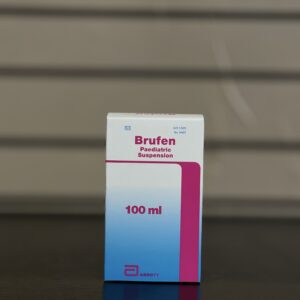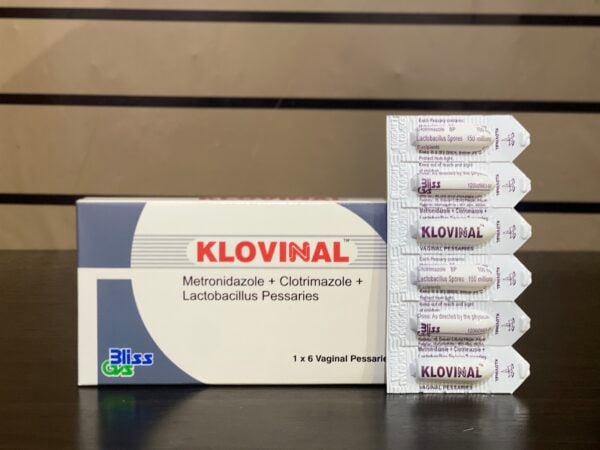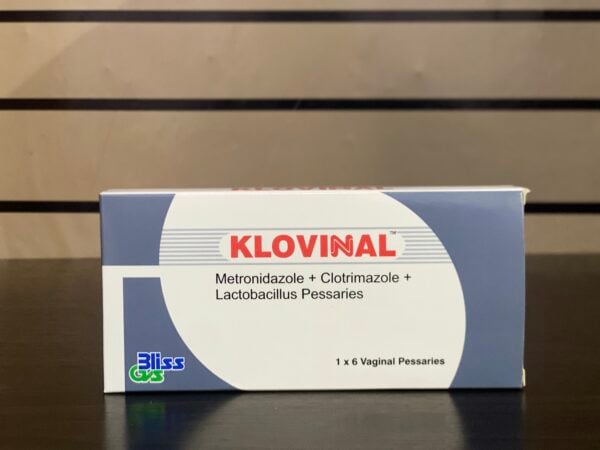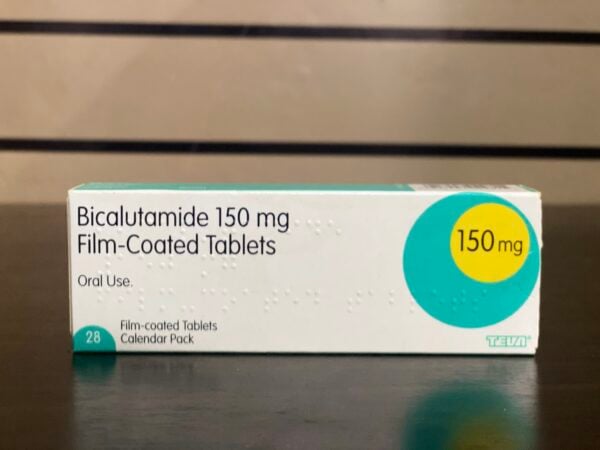Description:
Quinine is a medication primarily used to treat malaria, a disease caused by parasites transmitted through mosquito bites. It works by killing the parasites responsible for malaria.
Prescription:
Dosage:
The dosage of quinine varies based on factors such as age, weight, and the severity of the infection.
- For adults, a common oral dosage is 500 mg of quinine base (equivalent to 600 mg of quinine sulfate dihydrate) every 8 hours for 7 to 10 days.
- For children, the dosage is typically 8.2 mg of quinine base per kilogram of body weight every 8 hours for 7 to 10 days.
- The exact duration of treatment depends on the local susceptibility of the malaria parasite to quinine and whether it is combined with other medications.
Therapeutic Category:
- Antimalarial: Used to treat malaria infections.
Active Ingredients/Composition:
- Quinine: The active ingredient in quinine syrup.
Variant:
- Syrup: Quinine is available in syrup form, commonly with a concentration of 100 mg per 5 mL.
Consume Type:
- Oral: The syrup is intended for oral administration.
Directions/Usage:
- Administration:
- Shake the bottle well before each use to ensure proper mixing.
- Use a medical-grade measuring device to ensure accurate dosing.
- Timing:
- Administer the dose every 8 hours, as prescribed.
- Maintain consistent intervals between doses to ensure effective blood levels of the medication.
- Food Interaction:
- Quinine can be taken with or without food.
- If stomach upset occurs, taking it with food may help alleviate discomfort.
- Missed Dose:
- If a dose is missed, take it as soon as remembered.
- If it has been more than 4 hours since the missed dose, skip it and continue with the regular dosing schedule.
- Do not double the dose to make up for a missed one.
Common Side Effects:
- Gastrointestinal:
- Nausea
- Vomiting
- Stomach cramps
- Neurological:
- Headache
- Dizziness
- Ringing in the ears (tinnitus)
- Other:
If any side effects are severe or persistent, contact a healthcare provider promptly.
Package Type:
- Bottle: Quinine syrup is typically supplied in amber-colored bottles to protect the medication from light.
Storage Advice:
- Temperature: Store at room temperature, away from excessive heat and moisture.
- Light Exposure: Keep the bottle tightly closed and protect it from light exposure.
- Child Safety: Ensure the medication is stored out of reach of children to prevent accidental ingestion.
Safety Advice:
- Allergic Reactions: Inform your healthcare provider of any known allergies to quinine or related compounds.
- Medical History: Discuss your medical history, especially if you have conditions like heart disease, liver or kidney disorders, or blood-related issues.
- Drug Interactions: Provide a complete list of current medications to your healthcare provider to assess potential interactions.
- Pregnancy and Breastfeeding: Consult your healthcare provider before using quinine if you are pregnant, planning to become pregnant, or breastfeeding.
- Sun Sensitivity: Quinine may increase sensitivity to sunlight; use protective measures when outdoors.
Product Substitutes:
- Alternative antimalarial medications may be considered based on the specific malaria strain and regional resistance patterns. Consult a healthcare provider for appropriate alternatives.
Manufacturer/Marketer:
Country of Origin:
 Brufen Syrup 100ml Original
×
₵140.001 × ₵140.00
Brufen Syrup 100ml Original
×
₵140.001 × ₵140.00 Citalopram 20mg Tab/Pack
×
₵42.001 × ₵42.00
Citalopram 20mg Tab/Pack
×
₵42.001 × ₵42.00









Reviews
There are no reviews yet.